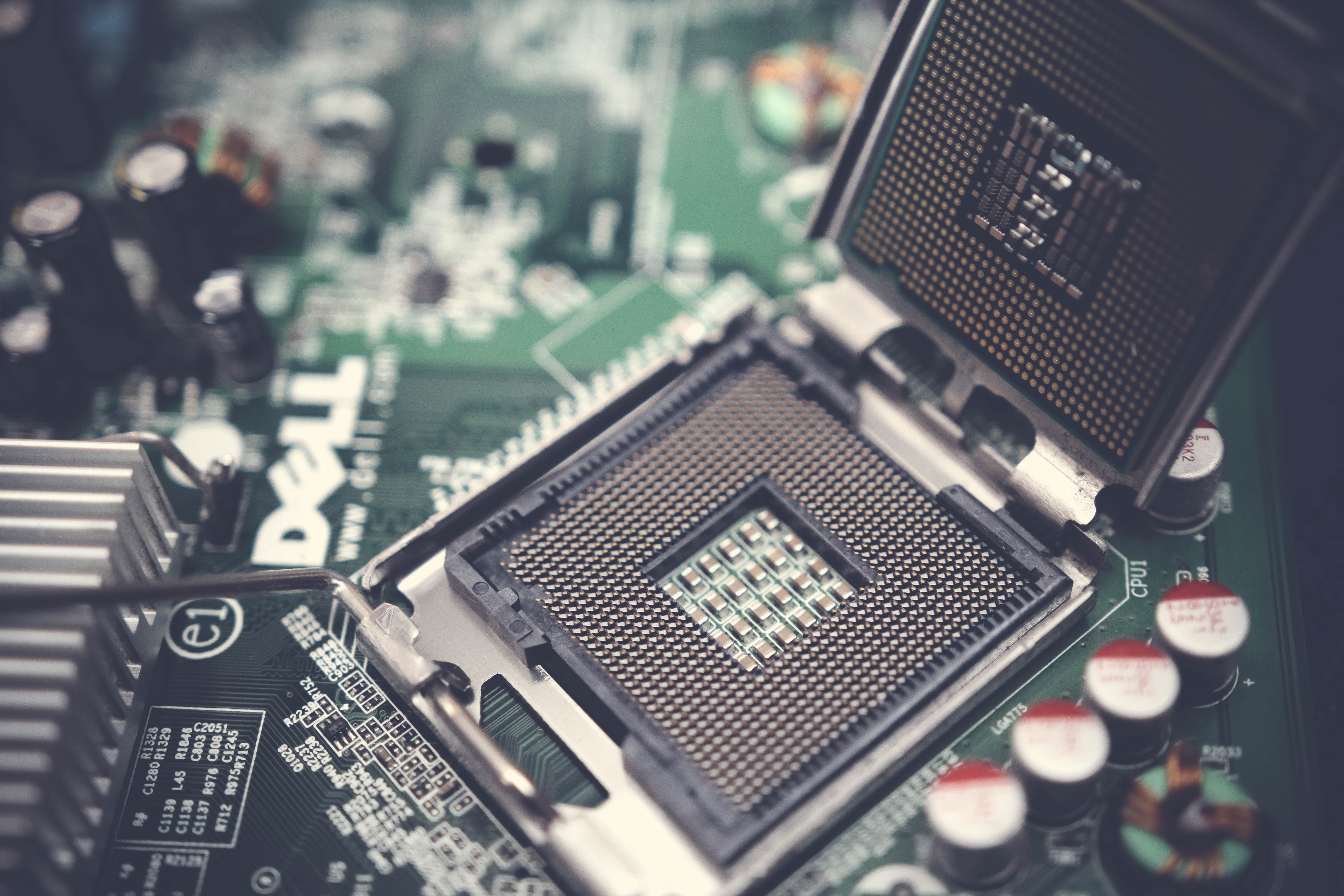SIGINT’s (Signals Intelligence) current operational environment often requires rapid development of waveforms, protocols, and devices to dependably function in different environments. The best solutions for such functions are Software Defined Radios (SDR), which are the principal solution to prototype wireless communication systems leading to better solutions quickly. NI has adequately identified the following requirements to fulfill client needs and specifications:
- Low SWaP.
- Wide Frequency Range.
- Wide Bandwidth.
- Real-time & low latency processing.
- Multi-channeled.
- Synchronized.
- Flexible software tool flow.
To provide such solutions, NI has designed a process configured in three steps: defining, prototyping, and deploying due to the increasingly high demand for swift turnarounds concerning development and prototyping.
Research and Development
NI conducts research and development by combining its premier research company, Ettus Research, a standard-setter in SDRs that develops SDR platforms by applying open-source tools such as GNU radio that facilitates the improvement of vastly adjustable software applications that allow integration and are maintained by academic and industrial contributors. When NI attained Ettus Research, they were able to integrate the SDR platform into LabVIEW’s ecosystem.
LabVIEW is a cohesive design tool that marks various computational designs and supports a vast hardware ecosystem. LabVIEW’s design allows for rapid prototyping by users to condense the development time. NI’s extensive network of industry associates provides further support to ultramodern application solutions. Hence these two platforms, NI and Ettus Research, permit users to select the tools that suit them best for their SDR platforms.

A Framework of Common Software Defined Radios
SDRs must-have supple architecture to fulfill the demands of an assortment of applications and software development defines SDR’s operability. There are three main architectural constituents.
The first part is the RF front-end consisting of upconverters and downconverters, local oscillators, low-noise amplifiers, attenuators, and filters. The RF front-end covers a comprehensive frequency range, generally up to 6 Gigahertz; therefore, RF performance, such as dynamic range and phase noise, is enhanced across the full range rather than for precise bands. SDRs are universal purpose radios. SDRs support multiple channels with wide rapid bandwidth per each channel.
The second constituent is the baseband processor that operates the software stack and defines the functionality of the radio. Present-day software-defined radios include Field Programmable Gate Arrays (FPGAs) to expedite computational-heavy algorithms and data that need low latency and real-time response. Customers can also realize applications and algorithms by expanding on regular programming flows such as C++ and Python by linking their SDR to a generic processor such as an INTEL or ARM CPU.

Finally, an up-to-date clocking system enables accurate management between multiple channels on a particular device or across various devices in an extensive MIMO system. Clocking systems deliver synchronization of baseband models and phase alignment of the RF signal. This synchronization is also distributable in long-distance communications, which enables the user to share the data across different geographic locations.
Sources:
https://ieeexplore.ieee.org/document/4211766
https://ni.adobeconnect.com/plg1ecw91t15/
https://www.ni.com/en-rs/innovations/wireless/software-defined-radio.html







